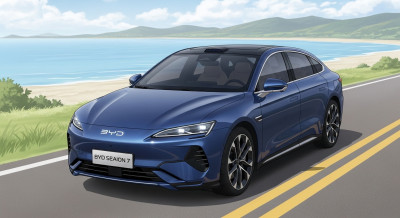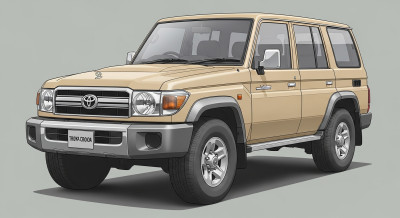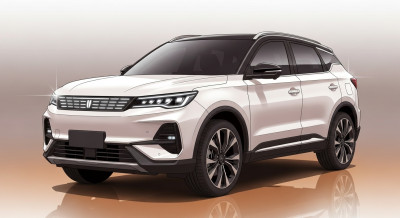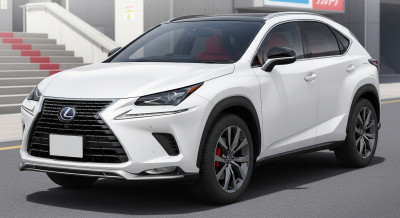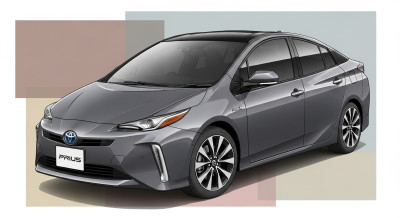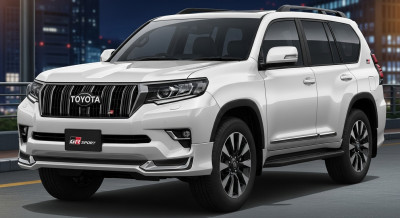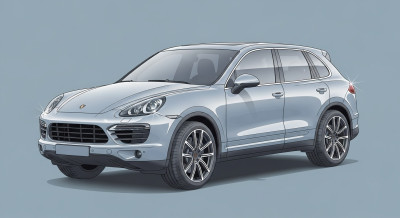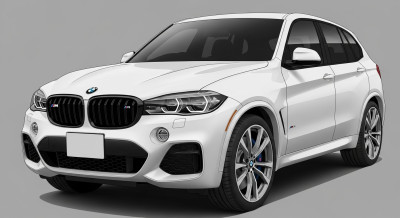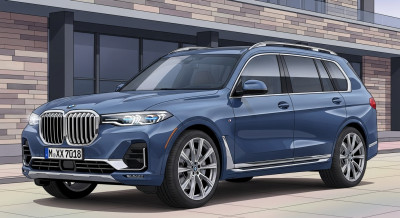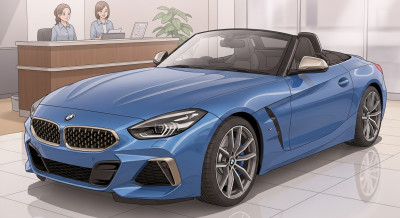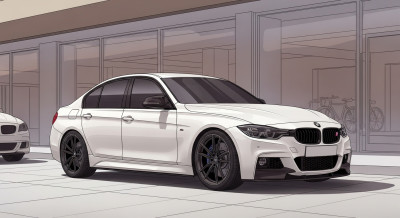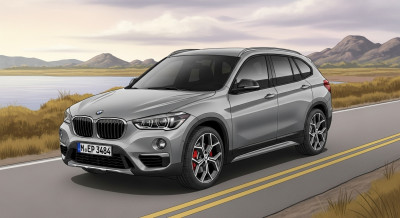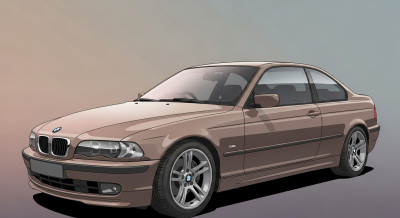2025 Land Rover Range Rover SV - Ultra Luxury Large SUV
The Range Rover is one of those vanishingly rare cars that defies the industry’s traditional product cycle. The previous gen model arrived in 2012 and even in these unpredictable times it was still hitting the spot with its high-end client base a decade later.
But then you see the current L460 – only the fifth generation in 51 years – and you realise there are some things even the Range Rover can’t out-run forever. Namely, the march of technology and connectivity, and more pressingly the need to future-proof it as climate change ceases to be a debate and becomes a genuine existential emergency.
Has the Range Rover reassessed its position on profligate consumption?
On its reveal in late 2021, this was an all-new car in every aspect with a critical reappraisal of its place in the world. Key here are two plug-in hybrids, badged P460e and P550e (that equates to 454 and 542bhp respectively). These combine Land Rover’s 3.0-litre six cylinder petrol engine with a 31.8kWh battery feeding a 105kW (141bhp) electric motor to deliver ‘up to 75 miles’ of pure electric driving with CO2 emissions as low as 16g/km. 50 miles in the real world is more plausible.
Land Rover reckons that typical Range Rover customers will be able to complete 75 per cent of their journeys without ever bothering the internal combustion engine. Not quite a ‘get out of jail free’ card, but a big improvement. Want more e-range? A fully electric version is on the way with a 117kWh battery pack and 542bhp. Click these words here for our initial impressions from the passenger seat of a prototype.
Alongside the PHEVs sit a pair of mild-hybrid diesels badged D300 and D350 – making 296bhp and 345bhp respectively – and two mild-hybrid petrol twin-turbo V8s sourced from BMW. They're known as the P530 and the P615, with the former getting 523bhp and the latter a hefty 607bhp for a 0-62mph time of 4.5 seconds. Oh, and the intakes have been reconfigured to enable a 900mm wading depth, plus a few other robust mods.
Seriously, has anyone ever taken their Range Rover into a chuffing river? Well, except Her late Majesty. It has to have the chops to do it though to live up to the reputation. Same for the upcoming EV, although that’s even less likely to go swimming up the Severn.
What else was new for the L460?
Everything. The previous L405 Range Rover remains such an archetype that the scale of the challenge here was substantial. There are five fundamental visual pillars on the Range Rover: the falling roofline, pronounced waistline, the rising sill, clamshell bonnet and floating roof. They were all reimagined for the current car, although you need to see new and old side-by-side to grasp just how ingeniously nuanced the changes are.
Read More https://www.topgear.com/car-reviews/land-rover/range-rover
CRYSTAL CAR
http://instagram.com/crystalcar_ru
https://crystalcar.me/lexus/
Instagram ▶ https://www.instagram.com/cartvpress
TikTok ▶ https://www.tiktok.com/@cartvpress
Facebook ▶ https://www.facebook.com/CARTVPres
The Range Rover is one of those vanishingly rare cars that defies the industry’s traditional product cycle. The previous gen model arrived in 2012 and even in these unpredictable times it was still hitting the spot with its high-end client base a decade later.
But then you see the current L460 – only the fifth generation in 51 years – and you realise there are some things even the Range Rover can’t out-run forever. Namely, the march of technology and connectivity, and more pressingly the need to future-proof it as climate change ceases to be a debate and becomes a genuine existential emergency.
Has the Range Rover reassessed its position on profligate consumption?
On its reveal in late 2021, this was an all-new car in every aspect with a critical reappraisal of its place in the world. Key here are two plug-in hybrids, badged P460e and P550e (that equates to 454 and 542bhp respectively). These combine Land Rover’s 3.0-litre six cylinder petrol engine with a 31.8kWh battery feeding a 105kW (141bhp) electric motor to deliver ‘up to 75 miles’ of pure electric driving with CO2 emissions as low as 16g/km. 50 miles in the real world is more plausible.
Land Rover reckons that typical Range Rover customers will be able to complete 75 per cent of their journeys without ever bothering the internal combustion engine. Not quite a ‘get out of jail free’ card, but a big improvement. Want more e-range? A fully electric version is on the way with a 117kWh battery pack and 542bhp. Click these words here for our initial impressions from the passenger seat of a prototype.
Alongside the PHEVs sit a pair of mild-hybrid diesels badged D300 and D350 – making 296bhp and 345bhp respectively – and two mild-hybrid petrol twin-turbo V8s sourced from BMW. They're known as the P530 and the P615, with the former getting 523bhp and the latter a hefty 607bhp for a 0-62mph time of 4.5 seconds. Oh, and the intakes have been reconfigured to enable a 900mm wading depth, plus a few other robust mods.
Seriously, has anyone ever taken their Range Rover into a chuffing river? Well, except Her late Majesty. It has to have the chops to do it though to live up to the reputation. Same for the upcoming EV, although that’s even less likely to go swimming up the Severn.
What else was new for the L460?
Everything. The previous L405 Range Rover remains such an archetype that the scale of the challenge here was substantial. There are five fundamental visual pillars on the Range Rover: the falling roofline, pronounced waistline, the rising sill, clamshell bonnet and floating roof. They were all reimagined for the current car, although you need to see new and old side-by-side to grasp just how ingeniously nuanced the changes are.
Read More https://www.topgear.com/car-reviews/land-rover/range-rover
CRYSTAL CAR
http://instagram.com/crystalcar_ru
https://crystalcar.me/lexus/
Instagram ▶ https://www.instagram.com/cartvpress
TikTok ▶ https://www.tiktok.com/@cartvpress
Facebook ▶ https://www.facebook.com/CARTVPress
 LEXUS
LEXUS  AUDI
AUDI  PORSCHE
PORSCHE  ROLLS-ROYCE
ROLLS-ROYCE  LAND ROVER
LAND ROVER  FERRARI
FERRARI  MASERATI
MASERATI  CADILLAC
CADILLAC  CHRYSLER JEEP
CHRYSLER JEEP 

























